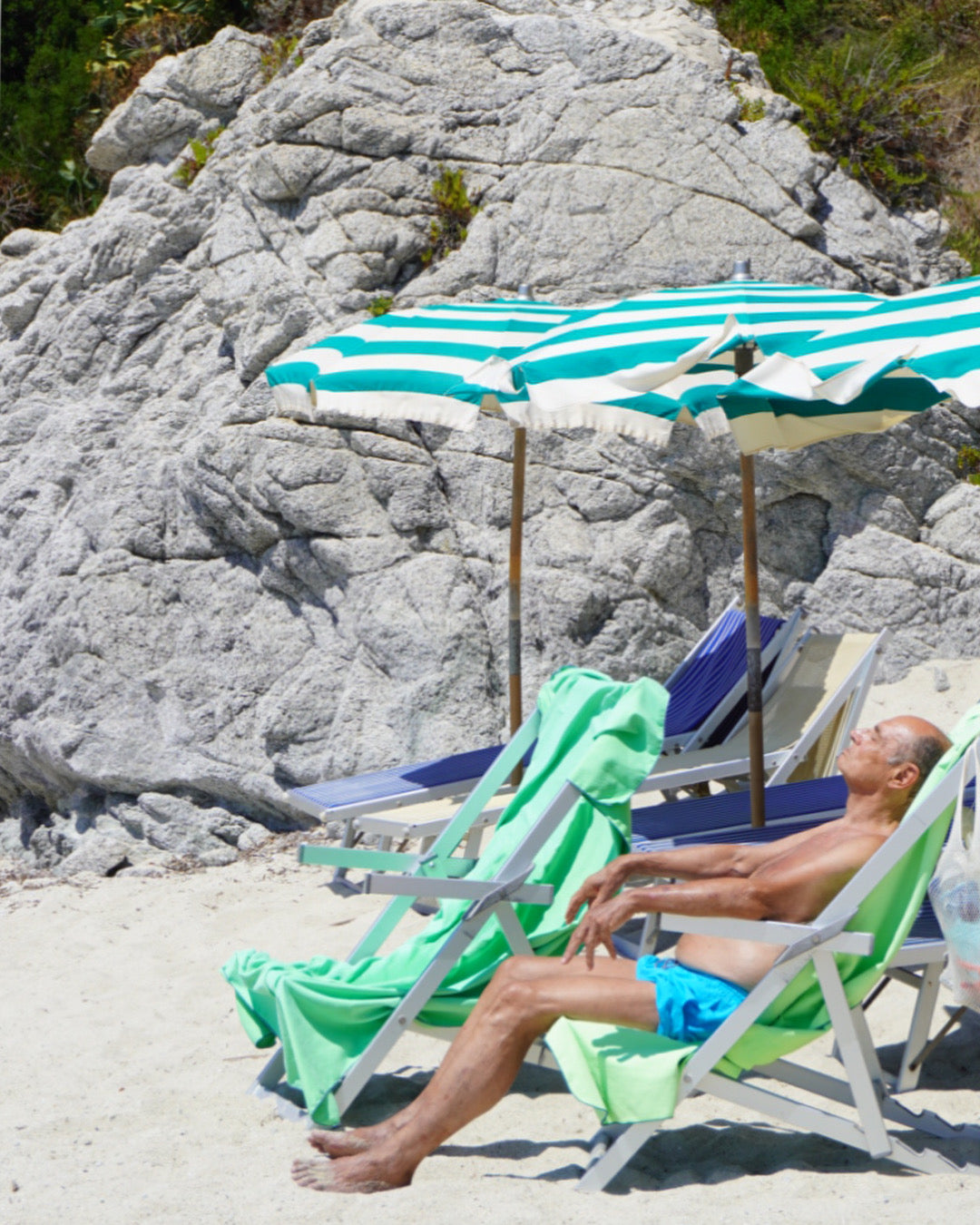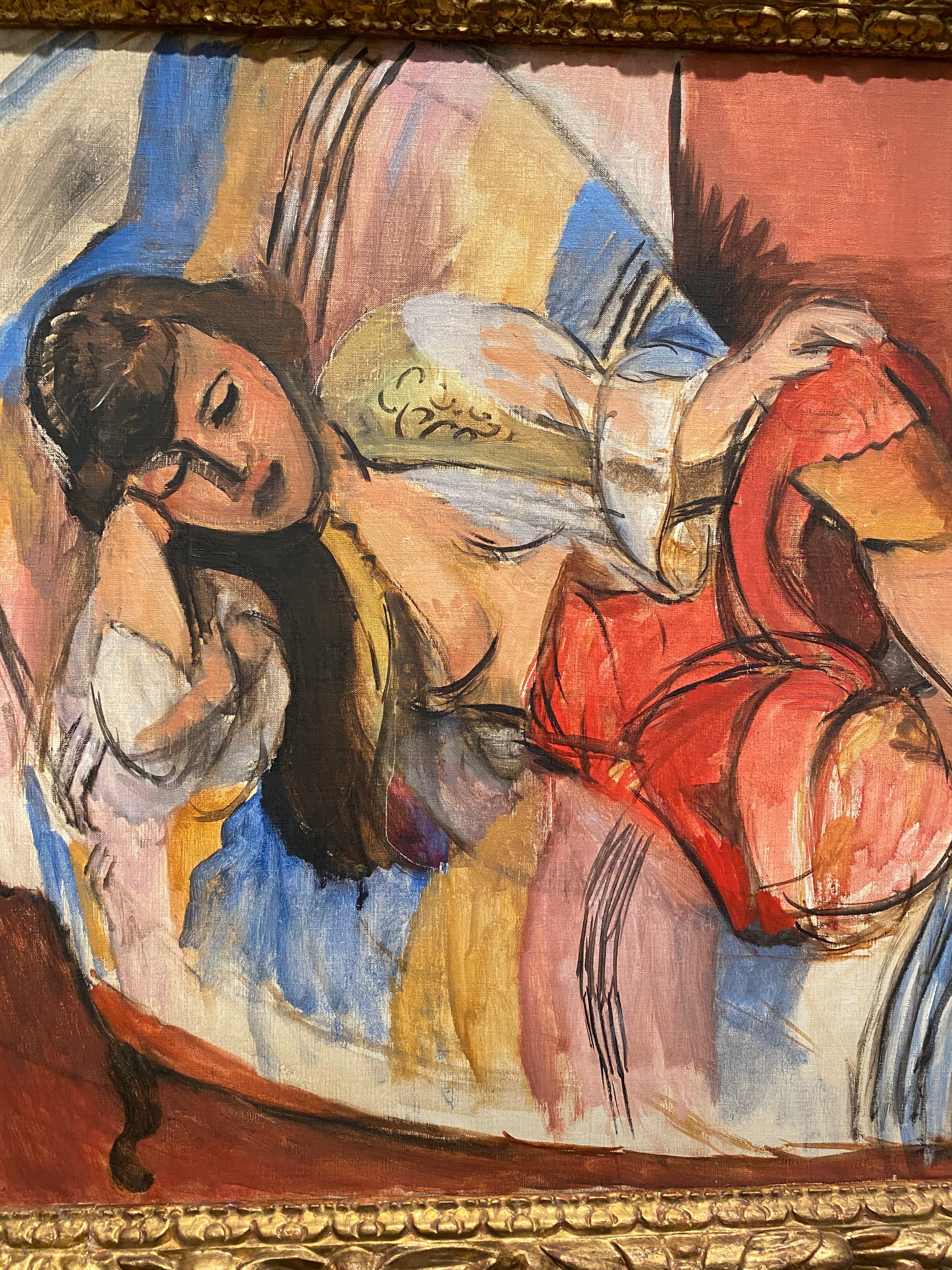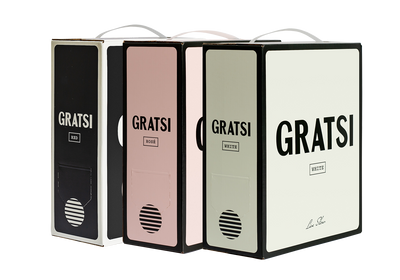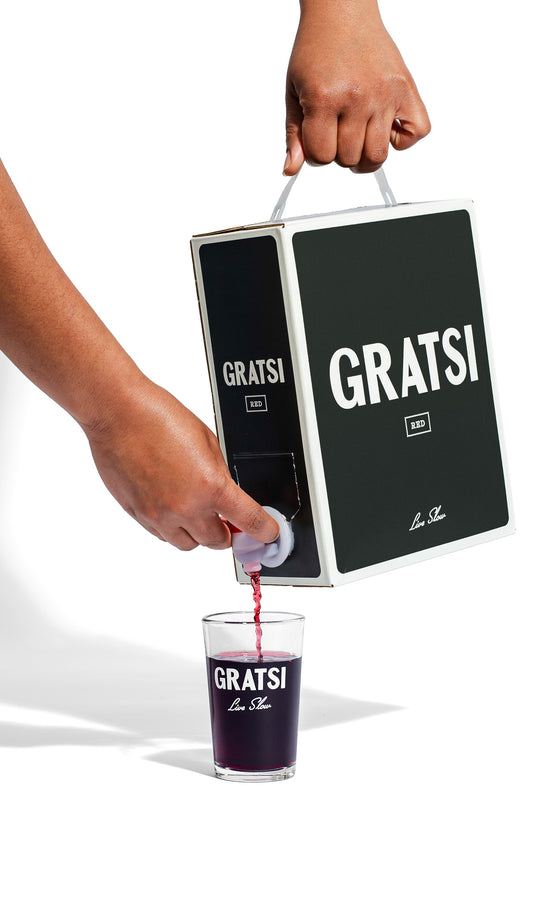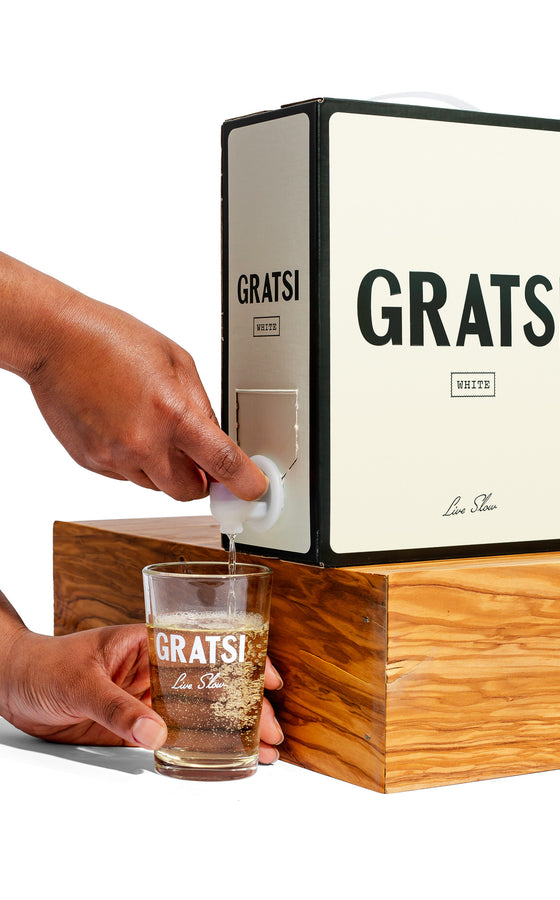The Art of Siesta
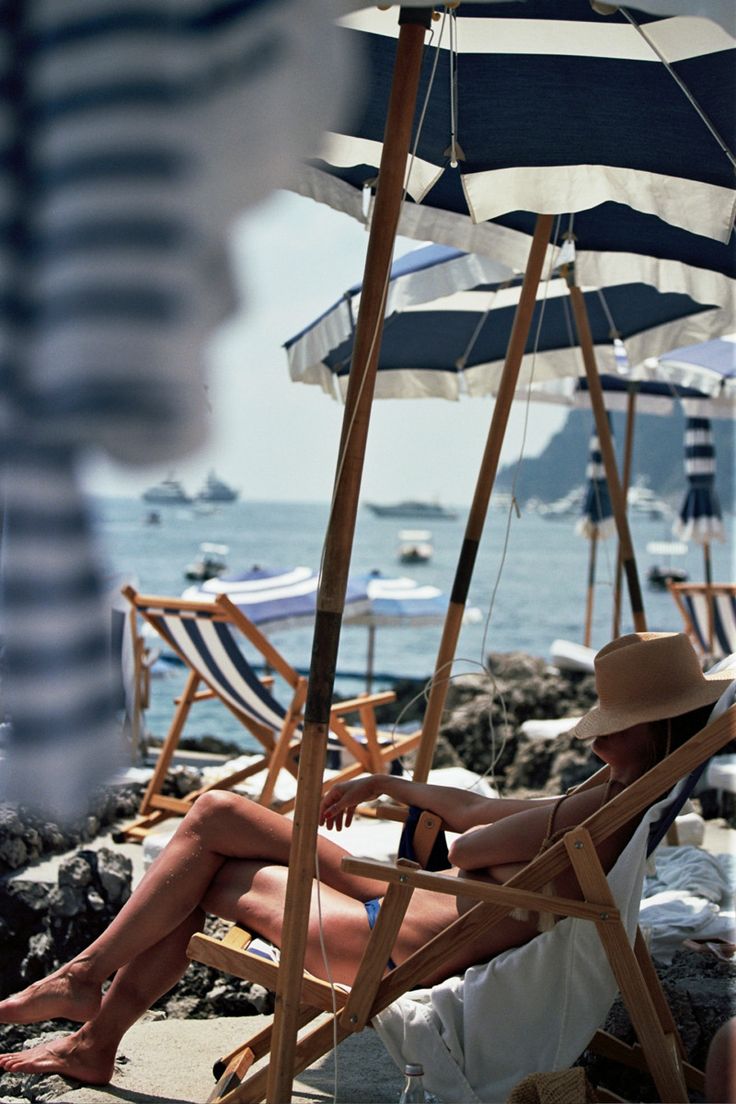
TONIA'S INSIGHTS
The Art of Siesta
By Antonia Fest
October 10, 2023
A while ago during a particularly hot Sicilian summer, I was invited to Sunday lunch at a friend’s house. In Italy, this is an almost sacred weekly event where families gather to eat nonna's finest food paired with local wine, often also homemade.
On this particular Sunday, I was the only outsider at the meal — all other diners were each other’s siblings, parents, nephews, aunts, uncles, children, grandchildren and then there was me. The meal was long and loud. Each time I thought there couldn’t possibly be another dish emerging from the kitchen, my friend’s mother appeared holding a large platter of some delicious delicacy to seduce us with. When the final gap in our stomachs was duly filled and the coffee or digestivo was gulped down, an air of solemnity overcame the table. My friend’s parents arose, excused themselves and walked into their bedroom. His sister and her husband slunk into one of the spare rooms whilst their son collapsed onto the living room sofa. My friend walked into his childhood bedroom and beckoned me to join him. His door creaked shut and a silence fell across the house. It took a few puzzled moments for me to realise what was happening; it was of course the moment of the pennicella.
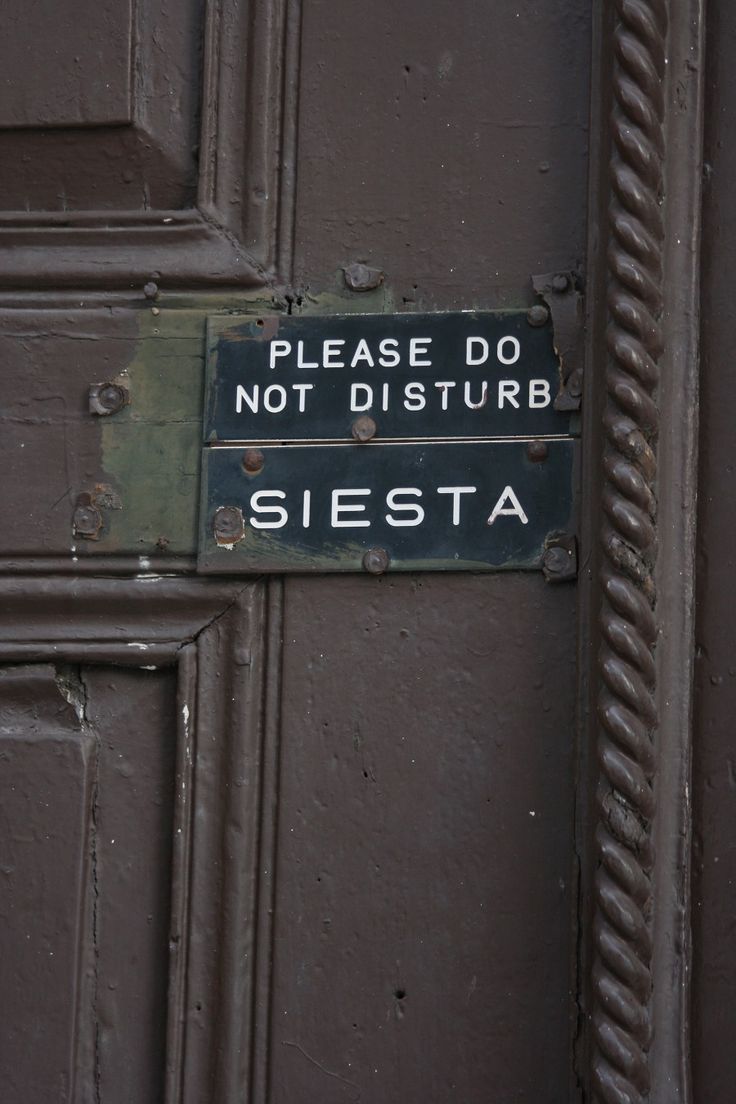
More commonly understood by the Spanish translation, ‘siesta,’ my Mediterranean friend and his family’s afternoon nap is considered a very standard practice across southern Europe. After a long lunch on a hot day, there is no better feeling than giving in to a moment of peace, relaxation and recharge.
The word ‘siesta’ derives from the Latin ‘sexta’ and refers to the ‘sixth hour’ in the working day where shops and restaurants close and a well-deserved break is permitted. In Spain, the official ‘siesta’ period lasts about 2 hours (usually between 2-4pm) giving plenty of time to close up shop, enjoy a hefty Power Nap and return to work without haste. Italy too has held on to this ‘tradition’ which probably spans back to the period of the Roman Empire. In the more recent past, the postwar years left many Spaniards and Italians working two jobs to support their families — one in the morning and the other in the afternoon. The break in between the two shifts was a chance for a much needed repose.

Beyond that, the rest period tends to take place in the hottest moment of the day and across the Mediterranean where it is not uncommon for Summer temperatures to surpass 50 degrees Celsius (122 Fahrenheit), there is little else to do apart from surrender to one’s bed, hammock, towel sprawled across the sand and enjoy a light doze. Indeed, many famous artists (Paul Gauguin, John Frederick Lewis and Van Gogh for example) are all known for painting scenes titled ‘The Siesta’ and depicts labourers and leisurers indulging in an afternoon kip. The painters have done well to evoke the sense of scorching heat and the languid effect that it has on their subjects.
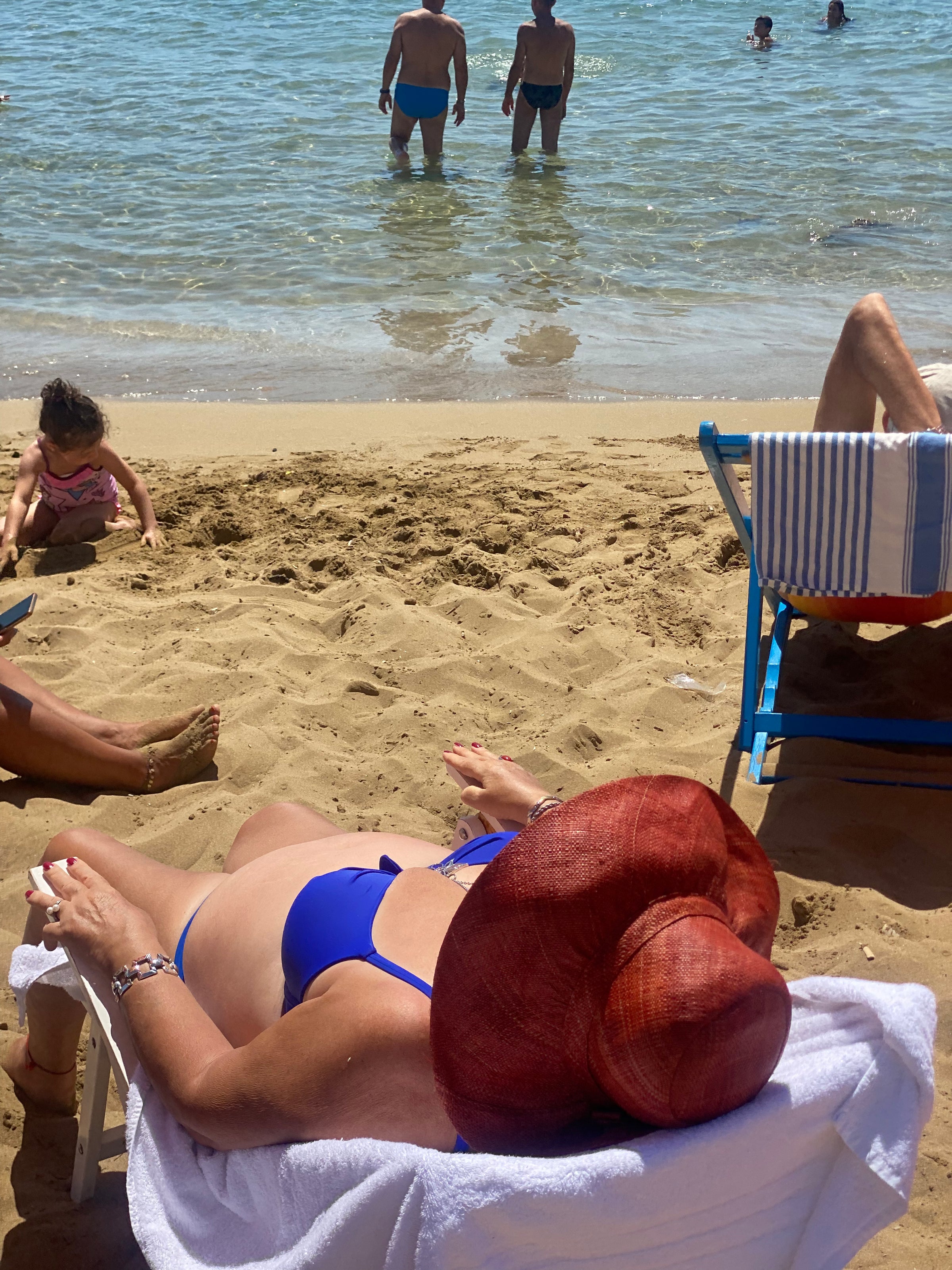
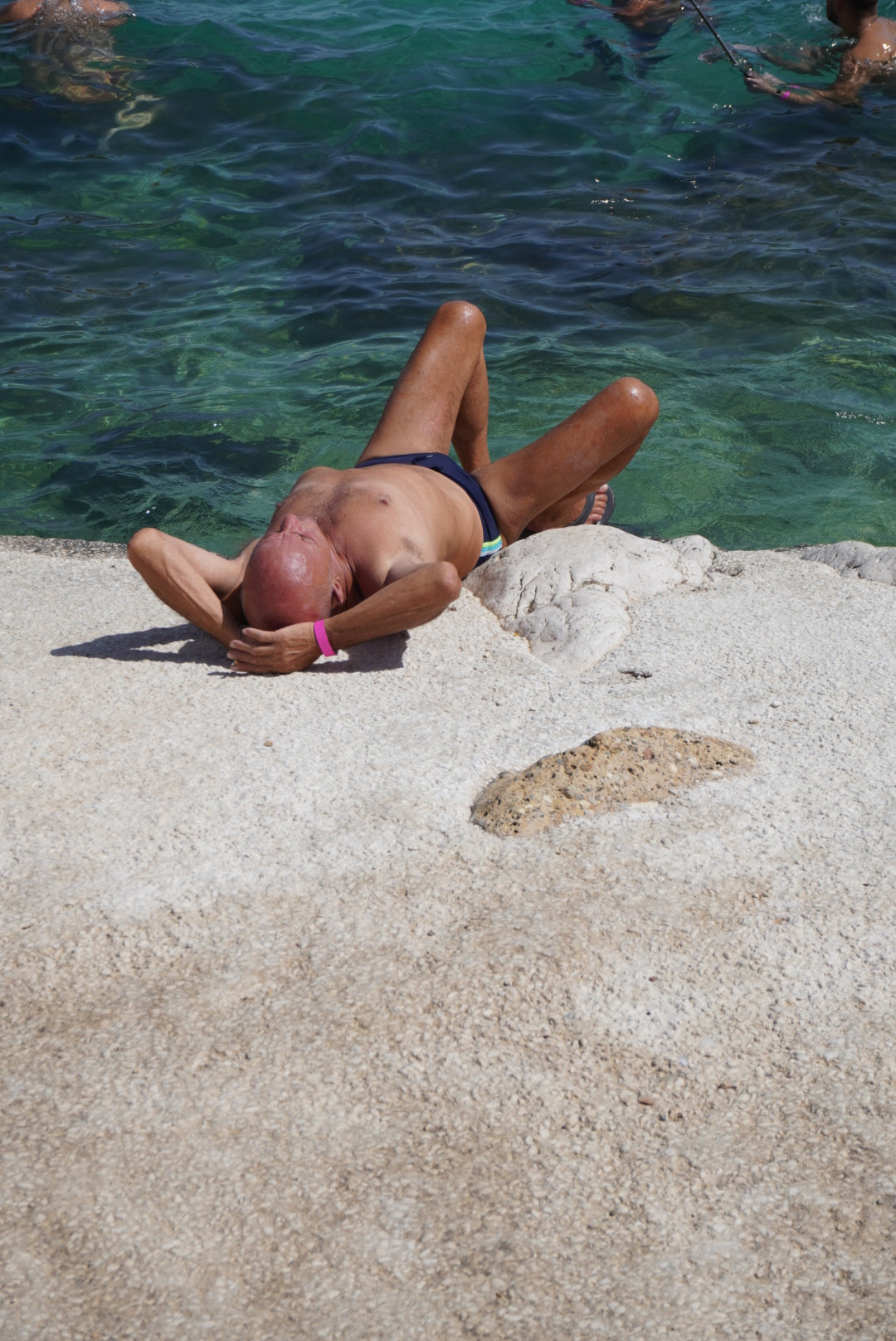
Whilst the concept of the siesta, pennicella (or in Greece, the mesimeri) is much romanticised, it is important not to stereotype. Today, we live in an increasingly cosmopolitan and urbanised society and Spain and Italy are no different. Office jobs do not permit a 2 hour break in the day for employees to laze the afternoon away. But the power of the Power Nap should not be underestimated. Studies which took place across Italy, Spain and Greece have shown that a 20 minute siesta can reduce risks of heart disease, a statistic bolstered by the impressive lifespans of these countries. Aside from Japan, the southern Mediterranean boasts some of the world’s healthiest and longest living populations not least because of their daily habits.
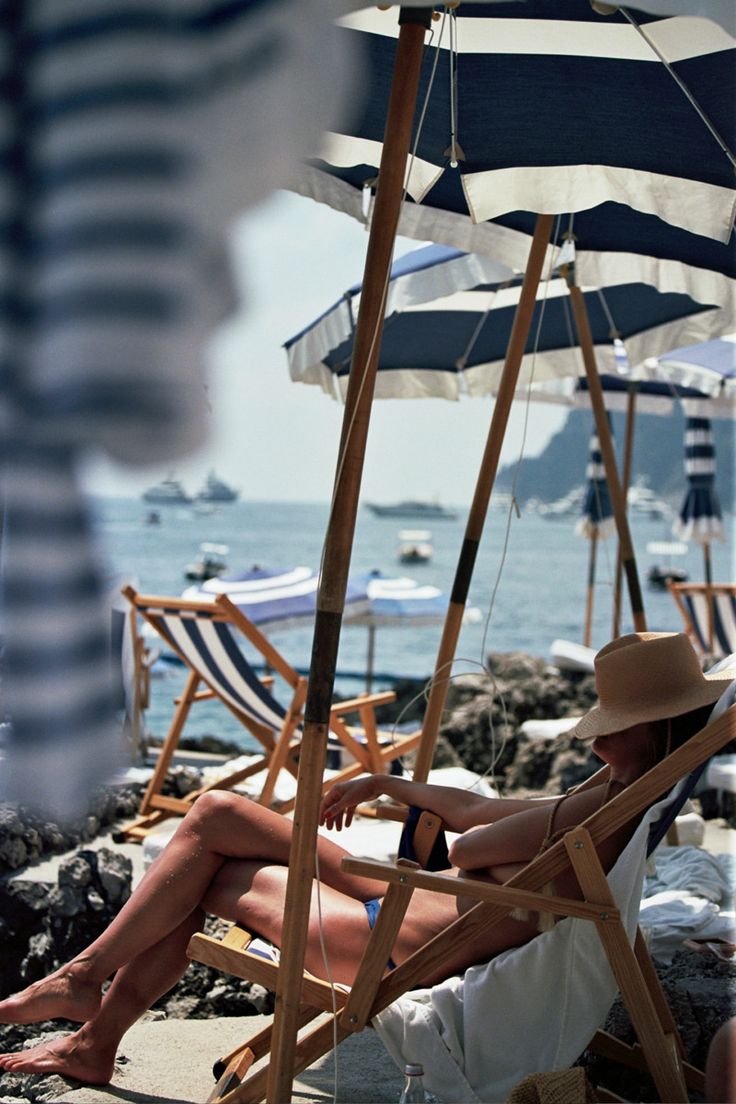
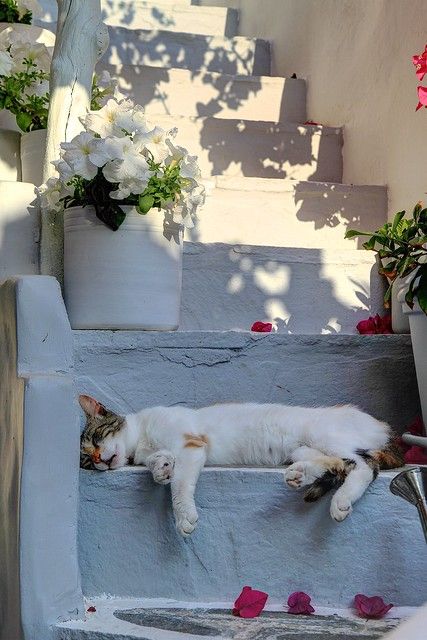
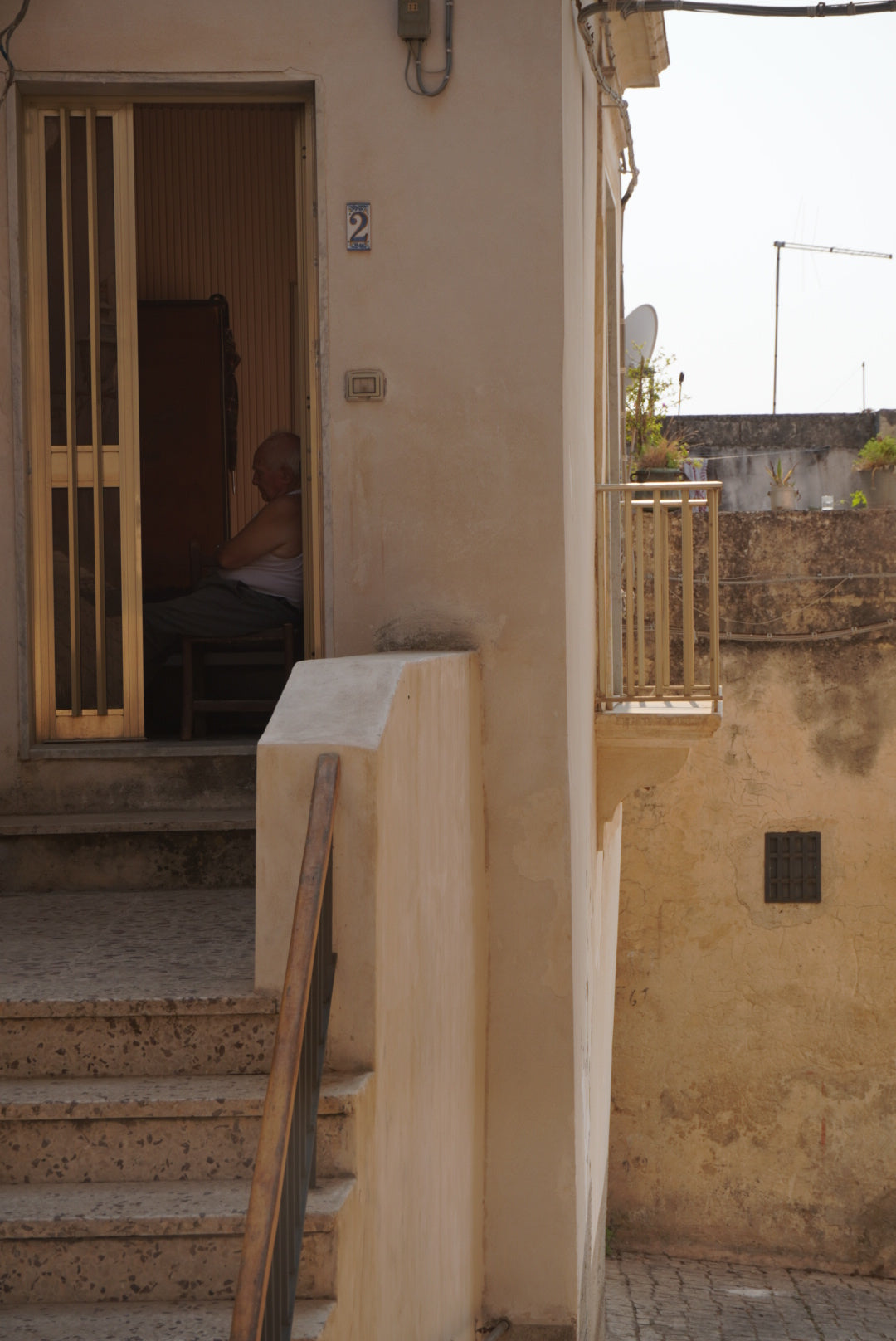
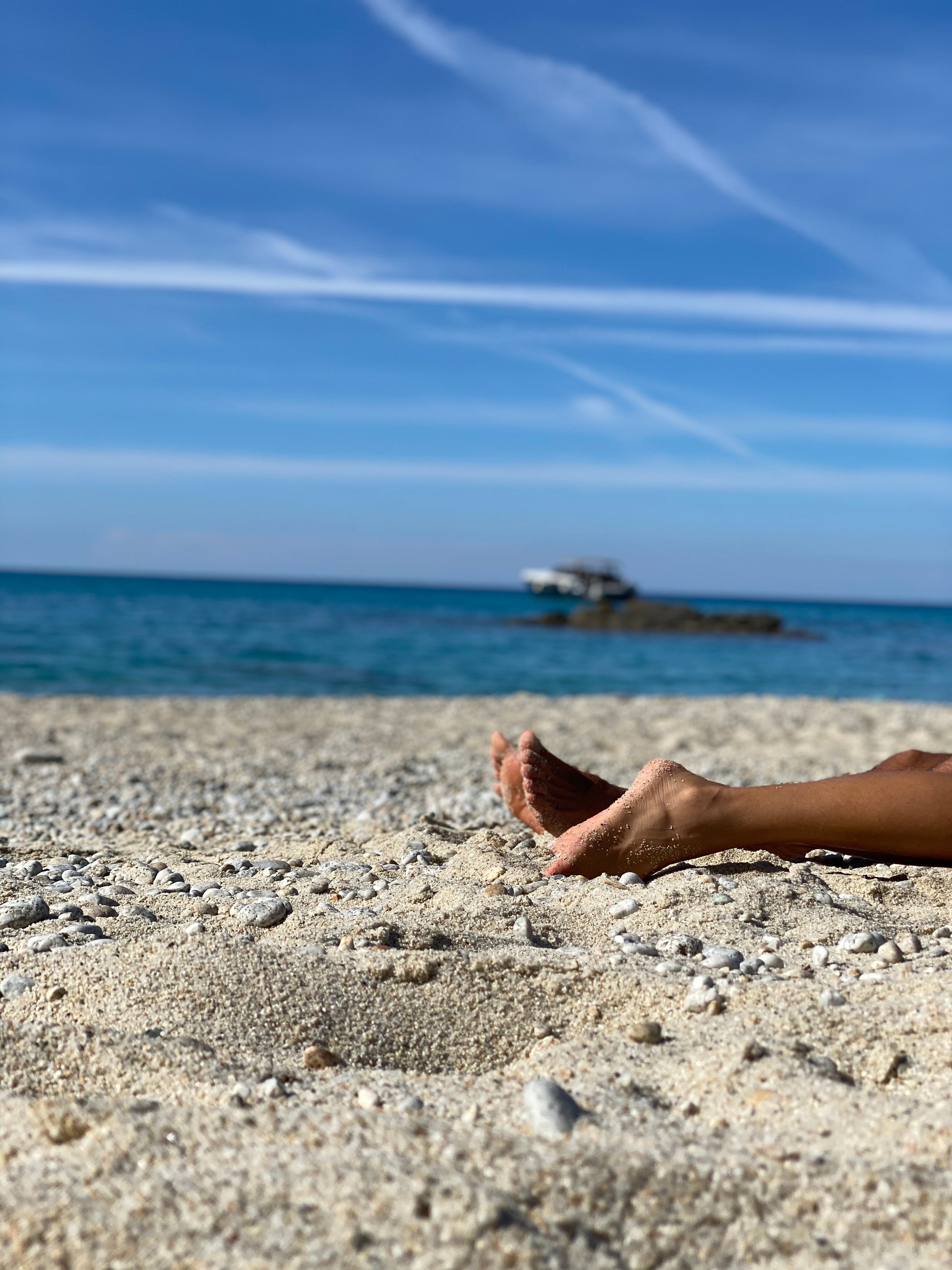
On that hot afternoon in southern Italy, almost like clockwork, the household rose from its slumber. My friend’s parents emerged from their room and began with the washing up, his sister and brother-in-law appeared, stretching away the last traces of sleep, and his nephew rolled off the sofa swiftly departing to meet his friends at the beach. Everyone was full of energy once more, good-humoured and without a trace of groggy stupor. The secret, my friend shared, lies in the timing. Don’t abuse the pennicella — 20 minutes is the magic number, no more and no less. And I myself looked forward to the afternoon with a renewed sense of energy which I can only attribute to the power of the pennicella.
